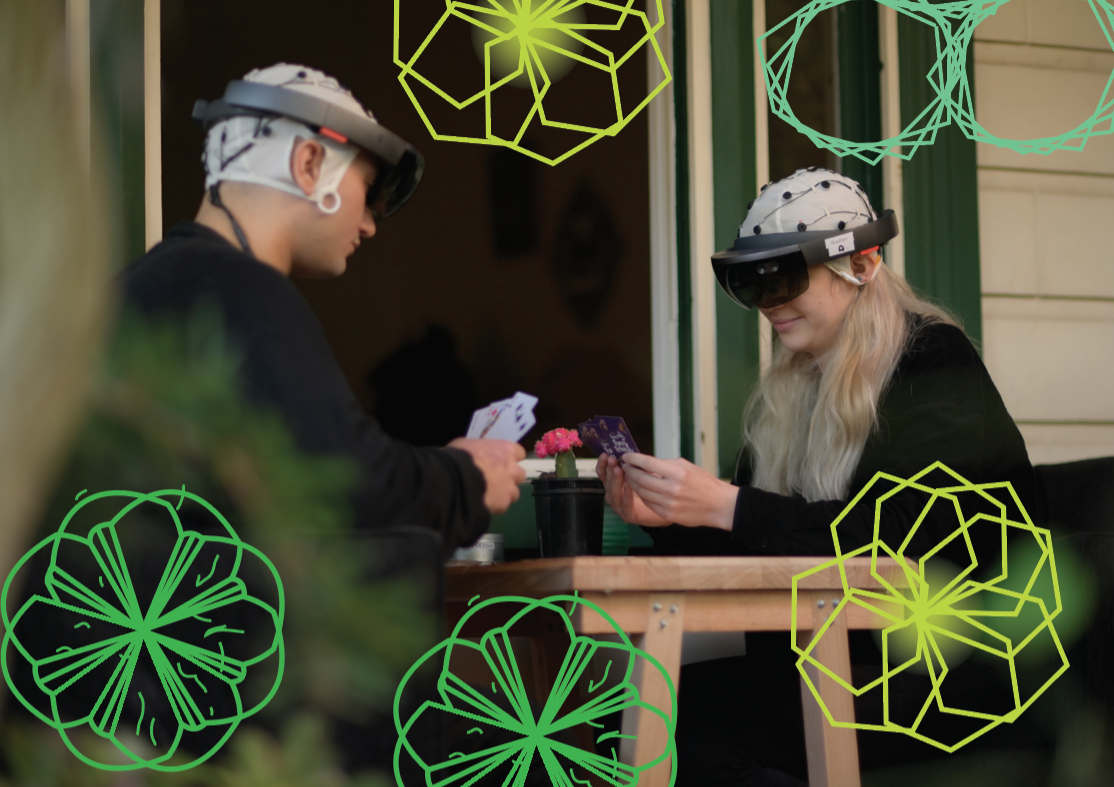
2 minute read
Seeing emotions
Brain-machine interfaces and emotional AI are real enough to be undergoing trials. Petra Stock considers what they mean for the future – and whether they’re needed at all.
What if technology could tap into a raw data feed of your feelings and manifest them in a kind of digital aura? If anger and annoyance agitated as red asymmetric fractals; or peace and calm floated by in blue, infinite loops?
Advertisement
That possibility is here in a device that looks like a 1960s swimming cap worn with ski goggles. Called Neo-Noumena, it’s designed to “read” its wearer’s emotions, representing them as a digital halo of spirographic shapes.
“Neo-Noumena was an attempt to expand how much information people can pass to each other in communicating about their emotions,” says its creator, neurotechnologist Dr Nathan Semertzidis.
Since he was little, Semertzidis has been enthralled by bionics – the use of technologies to extend the human body and mind. His interest is partly informed by personal experience – he has a genetic hearing loss and wears hearing aids – along with a childhood fascination for science fiction.
“I wanted to work on technologies that interface the human brain with computers, to exchange information between the two, and to further that dream of becoming a cyborg that I had when I was a kid,” he says.
Music makers, dreamers of dreams
Semertzidis configured Neo-Noumena at the Wonka-esque Exertion Games Lab, where he works as a research fellow. Ensconced in Monash University’s Clayton campus in Melbourne’s southeast, the lab’s bright and airy warehouse contains all manner of contraptions and gadgets. There’s a bouldering wall that can tilt based on a climber’s breathing patterns, banana-yellow high jump mats, a crate of pool noodles and a floatation tank, along with a series of outlandish-looking electrode hats and augmented and virtual reality (VR) glasses.
Play and experimentation underpins the research philosophy here, as a dozen or so researchers tinker with futuristic technologies that can interface directly with the human brain or body. The goal they’re working towards is a singular human-computer entity.
For the full story on today’s emotional AI technologies and where they’re leading us next, head below to Cosmos 98 | Beyond the Palaeo

